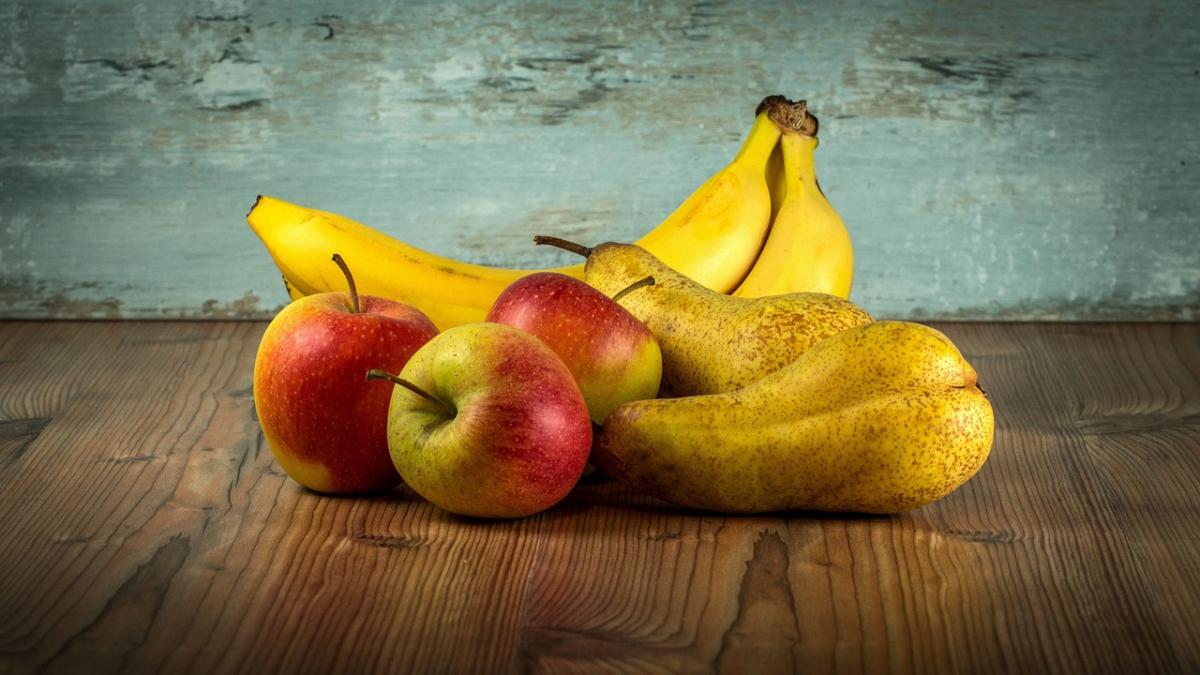You are here
Back to topChina’s Apple and Pear Output Forecast To Grow in 2024/25

According to the China: Fresh Deciduous Fruit Annual report recently released by the U.S. Department of Agriculture’s Foreign Agricultural Service, China’s production and export volumes of apples and pears are expected to grow in the 2024/25 season.
Apples
China’s apple production for the 2024/25 season (July to June) is projected to reach 48 million metric tons, marking a 3% increase from the previous season. Aside from rainfall during the flowering period and higher-than-normal summer temperatures in some regions, no major abnormal weather events have occurred so far in 2024, which is a key factor behind the anticipated rise in apple production. Favorable weather conditions, greater productivity from high-yielding varieties and advances in cultivation techniques have together offset a moderate decline in planted area. Moreover, the overall quality of apples has improved compared with last year, with traders reporting a significant increase in the proportion of premium apples.
China’s planted area for apples has been declining since 2020 and is expected to further decrease to 1.91 million hectares in the 2024/25 season. Agricultural experts are actively developing new varieties with varying colors and maturation periods, many of which have already been introduced to major producing regions. For example, the firm and crisp Hongxiu Kiss variety, known for its sweetness and aroma, is now being cultivated in Yunnan province. Although the planted area and production of these new varieties, such as Luli, Venus Gold, Qincui, Ruixue, Ruiyang and Ruixianghong, remain limited, growers are gradually replacing traditional varieties with these novel ones in response to shifts in market demand.
Abnormal weather in the 2023/24 season led to a marked decline in overall apple quality. Although traders had been willing to pay high prices for premium apples, weak market demand is driving overall prices down. As a result, apple prices have been on the decline since peaking in late September 2023. The harvesting of Fuji apples for the 2024/25 season began in October, with insiders reporting an average purchase price from 1 to 2 Chinese yuan ($0.14–0.28) lower per kilogram compared with last year.
Apple imports are expected to rebound to 105,000 metric tons in the 2024/25 season, primarily owing to a recovery of the supply from New Zealand, which accounts for over 60% of China’s imported apple market. In February 2023, Cyclone Gabrielle severely damaged New Zealand’s apple crop, leading to a decline in production and higher prices. As a result, China’s apple imports in the 2023/24 season dropped by 8% to 87,800 metric tons.
Driven by increased domestic supply and falling prices, China’s apple exports are forecast to grow from 911,000 metric tons in the 2023/24 season to 1.1 million metric tons in the 2024/25 season. Benefiting from China’s bilateral free trade agreement with ASEAN and relatively low transportation costs, Chinese apples have a competitive edge on Southeast Asian markets. Exports to Central Asia and Russia are also growing rapidly.
Pears
China’s planted area for pears is estimated to slightly decline again, from 904,000 hectares in the 2023/24 season to 900,000 hectares in the 2024/25 season (July to June). Nonetheless, pear production is anticipated to grow by nearly 2% to reach a total of 20.2 million metric tons. Although the relatively dry weather this summer may slightly reduce pear supplies in Shaanxi and Shanxi, other major producing regions, such as Hebei, are expected to see a bumper harvest, with the overall fruit quality generally better than last year.
Since peaking in June 2023, pear prices have been on a downward trend. According to data from the China Fruit Marketing Association, the national average purchase price for Huangguan pears in mid-July, when the harvest began, was 3.71 yuan ($0.51) per kilogram, a 25% decrease compared with the same period of last year. Qiuyue pears, which have gained popularity on the Chinese market in recent years, also experienced a significant price drop this year as a result of increasing production.
Recovery of the supply from Chile means that China’s pear imports are anticipated to slightly rise from 11,500 metric tons in the 2023/24 season to 12,000 metric tons in the 2024/25 season. China imports small quantities of Western pears from Belgium, South Africa and Chile, but import volumes have been growing slowly in recent years, except in the 2022/23 season when South African pears secured market access to China.
Pear exports are forecast to increase by 9% to 660,000 metric tons in the 2024/25 season. Improvements in logistics and packaging have led to steady growth in China’s pear exports to neighboring markets, primarily ASEAN countries, as well as Kyrgyzstan and Russia.
Image: Pixabay
This article was translated from Chinese. Read the original article.













Add new comment